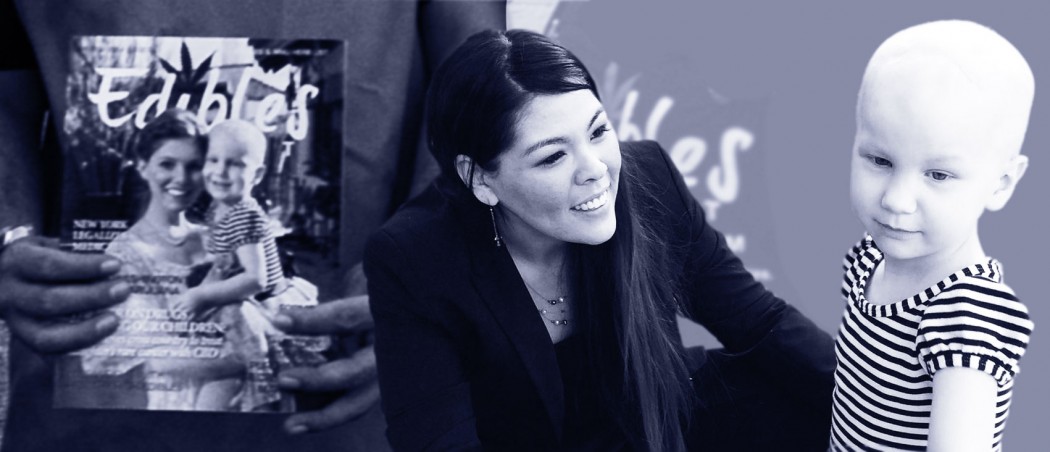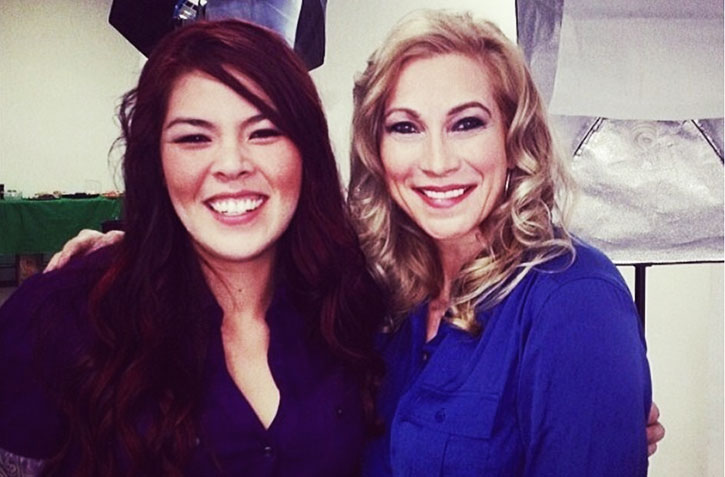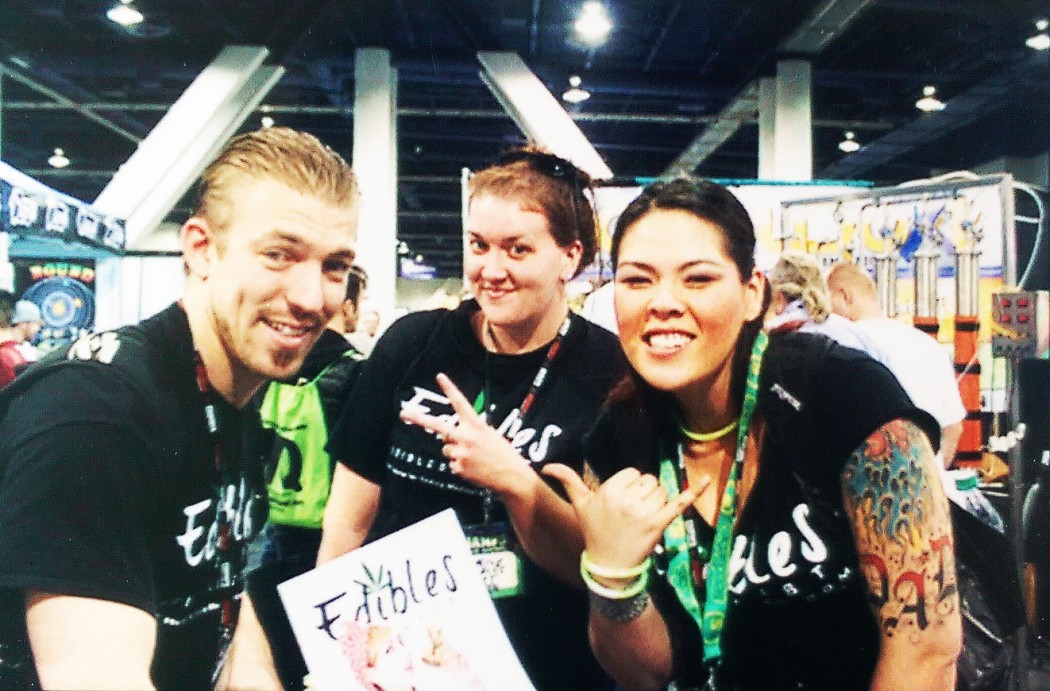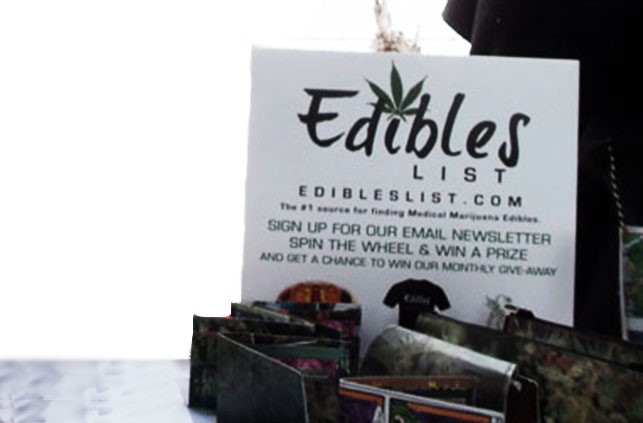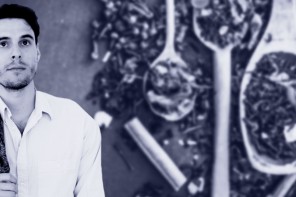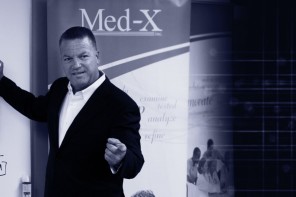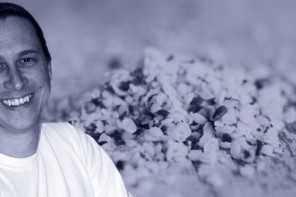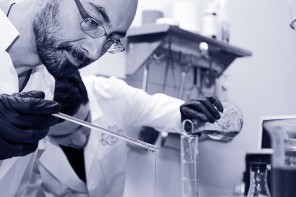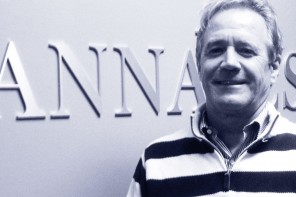B. Le Grand: Edibles List LLC
Her drive is relentless, her perspective is innovative, and her voice in the industry is loud and clear. She has seen first-hand what the market needed and she has designed and built a product that revolutionized the industry and has since become a staple resource for medical cannabis patients nationwide. B. Le Grand, founder of EdiblesList.com, details the chain of events that led her to being the incredibly successful ‘green rush’ entrepreneur that she is today. From being a patient herself growing up in Hawaii, to taking a year off to dive into the market and dissect its parts, to launching a website that is the first of its kind… B. Le Grand has a lot to say and it all starts here…
What was the deciding factor for you to join this particular industry?
I was a patient. I was born and raised in Hawaii where it is pretty common for everybody to smoke weed. Marijuana is ingrained in the lifestyle and culture, and although the DEA has spent a ton of money over the past two decades eradicating any illegal grows or operations on the islands, it’s still something that is available there and on the streets.
I’ve smoked it medically since I was a teenager. I’ve always known what its benefits were. As I moved to San Francisco in 2002 when I was 16 years old, the laws started to pass really quickly. It was about 2004 when they started opening up shops and doctors offices where they started issuing recommendations for medical marijuana and then they started dispensing marijuana in medical cannabis clubs. And it was right around that time between 2004 and 2006; I was only 18-20 years old at the time, but I had my doctor’s recommendation. I got my medical license and I was able to see the industry establish and grow from the ground up.
I’ve smoked it medically since I was a teenager.
San Francisco paved the way for California. They instituted Proposition 215 and Senate Bill 420 as well as the health code bills for issuing any kind of cannabis medicine. They formed a model and though I was a frequent visitor to the dispensary, it wasn’t until I moved down to San Diego around 2008 that I started getting involved in the industry. The first thing I noticed was that there were no consistent edibles on the market – period. I would go from collective to collective and in San Diego at the time they had shut down almost all the dispensaries, so there weren’t shops you could just walk into, only delivery services. It seemed like a constant cyclic battle of bans put on by the city and the bans being repealed. It made for a very unreliable source of medical marijuana for patients.
The second thing I noticed was that if you choose smokeless forms of medication, like myself being a singer, I found that when I was looking for edibles, I couldn’t find sugar-free edibles, low-fat edibles, or anything that was healthy and not sugar-enriched or made with white flour. And when I finally did find a brand that worked for me at one collective, I wasn’t going to find the same brand at another and definitely not in different cities if I was traveling between San Diego and Los Angeles.
It was around that time, about 3 or 4 years ago, that I started putting together a website, a listing service, in order to collect data from the public and be able to start a database for edible vendors because, being a patient, there is a real need for people who have dietary conditions and need consistent forms of medication. For example, people with celiac disease can’t consume gluten or people who are diabetic and can’t consume sugar. For these people, it becomes more of a regimented form of medicine and a better delivery method for anybody that’s trying to use it to alleviate their ailments. But if you’re consuming alcohol-based hash edibles that you didn’t know were made with alcohol and you have a liver problem, that’s not being especially helpful, is it?
So, that is how I got started in the industry. I was a patient and I had the skills as a designer and web developer to be able to put something together to fulfill a need in the industry. We noticed a gap in the market and we’ve since been trying to fill it. Currently, there is nobody else out there that competes with us. We’ve tried to set ourselves apart and last year, we also launched our print and online publication called Edibles List Magazine. We are trying to focus on the laws, the news, and the patient. We really want to get the knowledge out there and get the medicine into the hands of the patients who need them.
So, that’s how I got involved. I didn’t necessarily seek this out like people looking for investment opportunities. About 4 years ago, I never thought I was going to be directly associated with the medical cannabis industry. It’s something that fell into my lap and I happened to be the right voice and have the right skills to pursue this endeavor. Being a female in a generally male-dominated industry also makes our approach more compassionate than other resources.
What were you doing before?
Before Edibles List, I was and still am a graphic and web designer. I went to The Academy of Art University in San Francisco where I took photography and advertising classes and after two years I left school to start my own business. So, for about a decade before Edibles List was ever created, I was running my own graphic and web design firm. I had all kinds of clients ranging from artists and musicians, to real estate professionals and aviation fuelling engineers. My skills are still relevant, I just work on bigger, more advanced projects.
Tell me about the point in time you realized the coming of the green rush?
I personally didn’t foresee it being this huge, at this point in time, this quickly. But on the 1st of January, 2014, everybody wound up around the block and waited hours in line to get the first recreational joint they could, to take it back home, keep the receipt, and smoke it.
Two years ago when we found out that Colorado was going recreational, I knew it was coming. Instead of making them collective non-profits and not allowing the dispensaries to make any profits until the end of the year, like had been previously suggested, they made all dispensaries for-profit. This is a smart model because one, it doesn’t promote corrupt illegal business to launder money and two, it makes it possible for people to invest in these businesses because otherwise there’d be no business behind that. You can’t profit off a non-profit, so it’s necessary to make them for-profit. So, what Colorado did from the get-go was they made their entire dispensary system for-profit. And they’re the only state today that is for-profit in medical marijuana. Washington, while it is recreational, is still non-profit in medical marijuana and the shops are still considered collectives. In Colorado, they don’t call them cooperatives or collectives, they’re dispensaries or “pot shops”. They make millions off of it and the state makes millions in taxes off of them. This is when I had the foresight that this is going to be huge.
It’s been about 3 years now and it seems to be working very well. I hadn’t even heard the term ‘green rush’ until a couple months ago when I saw it used in one of our advertiser’s campaigns, but it’s really befitting. I see it becoming a $40 billion dollar industry by 2016 and $100 billion dollar industry shortly after that. It’s not only the cannabis itself; it’s the hemp and the hemp seed oil that are healing and profitable. The potential is huge.
I see it becoming a $40 billion dollar industry by 2016 and $100 billion dollar industry shortly after that.
Right now, what are you guiding your passion and energy towards?
Basically 1000% of my time is being put towards Edibles List and the mission behind it which is to help medical marijuana patients and get the word and the knowledge out there. There are a lot of people currently who are turning to cannabis because they absolutely have to and they have no other resource that can aid them medically. It could be a parent of a child with epilepsy or an elderly woman with cancer. I’ve seen it from every aspect. I sacrificed a year of my life to budtending to see first-hand in the industry what comes in from vendors off the street and what patients actually buy, what the pricing points are, and how everything actually works on the retail forefront. And you know what? The real true analysis of my time spent doing that is that there is a real medical need for marijuana.
Our real wholesome goal is for the medical usage of the plant. Many people that we have interviewed for Edibles List Magazine are only seeing the potential in the recreational usage and there is a problem with that. When Washington legalized, it put regulations on the recreational edibles making it so the dosage maxes out at 100mg. That’s understandable for recreational use, but for someone who is suffering real nausea from chemotherapy, they need much more than 100mg to be effective.
We really try to be a resource for those patients that want to alleviate their pain with medical marijuana, but are fairly new to the culture. We’ve worked hard in our efforts for the website to be educational and informative. That’s really what I am putting all my energy and passion towards: getting the word out there and getting the site launched and off the ground. We are currently working on adding a search engine to our site as well which has been a year in the making. It’s been a lot of work and has consumed a lot of energy and we hope that it pays off. But more than anything, there is the gratification in getting the information to the patient and helping patients locate their medicine. We like to focus our magazine’s articles on the patient and make it about their stories and how marijuana has helped them and how cannabis is really a healing plant.
Cannabis is really a healing plant.
Another venture that is claiming my passion and energy is our website ProhibitionEnds.com. Basically, what we’re trying to do is raise funds from the public so we can fund advertising that demystifies the misconceptions surrounding the cannabis and hemp plant and explains the benefit behind the plant itself. We are not trying to take a political stand in any shape or form, but we are trying to make our footprint in the movement.
What we’ve noticed is that while Washington and Colorado have regulations set in place for their edibles, California doesn’t. So, since we don’t have regulations mandated by government, we can’t set a standard and a precedent to prevent people from getting sick; I’ve gotten sick from eating an edible from a random vendor before and that sucks and can be avoided. There’s a certain food handling experience that has to go into making an edible and a certain amount of caution that has to go into preparing them, especially with food allergies taken into consideration. Education and knowledge is important in the industry and if you’d like to help fund this movement and public awareness, we’d love your support! We even have merchandise for sale to help the cause.
Describe your work ethic in one word.
Relentless.
Tell me about a time in your career that didn’t go as planned and what you did about that? How did you handle it?
In my career I’ve been very fortunate, even when the recession hit. Being in advertising, people understood that they had to spend money to make money, so I actually flourished in that time. I knew how to market online and take people to the next level and brand them for success. In terms of personally, I’ve been in unfortunate situations that many can probably relate to. I’ve found that the best way to handle those things is to just forge forward. There’s really no way around it, you just have to go straight through it. Keep positive and stay happy.
What book have you read that you’ve been inspired by?
In terms of advertising, there is a book that really inspired me called Hey, Whipple, Squeeze This by Luke Sullivan. It’s written by an advertising executive detailing all his back-end secrets of the market. The whole gist of the book is that in advertising, the consumer is not stupid. You cannot treat your target audience like they’re not intelligent; you have to talk to them as if they are. That’s the best way to let people in and to hook people.
In terms of cannabis, I would recommend the Canna Bible. It’s written by Jason King, a guy who has spent time growing and has history in both legal and illegal situations. There is great background information included about the origins of the plant and is generally a good read if you’re trying to gain more knowledge about the cannabis plant.
What’s the best advice you’ve ever gotten?
“Fake it ’til you make it.” It was something my grandma always said to my dad and then my dad to me. Even when you feel like you don’t have the skills to get through the situation, as long as you can fake it, eventually you’ll make it.
What is the most important thing for us to know now about the legal marijuana industry?
On the patient side of things, there are a lot of people who are discovering the actual benefits of what cannabis can do for their children or the sickly or ill people who they care about. There is so much to be learned about the plant and how advancements in CBD hemp oil, for example, now allow parents to administer the benefits of cannabis to their sick children without the associated high since it doesn’t have THC in it. The thing about cannabis that people don’t realize, is that it’s scientifically shown to be adaptive and modular, so whatever it is that ails you, cannabis will try and heal it. It’s proven to be a beneficial medicine; it is just unfortunate that the people who are writing the laws around the usage of the plant, aren’t the ones living with the ailments they cure.
There are a lot of people who are discovering the actual benefits of what cannabis can do for their children or the sickly or ill people who they care about.
If we are sitting across from each other a year from now, how will our conversation about the green rush be going?
I would think we would be talking about all the other states that turned over. We’d probably converse about how many states have turned to legal medical marijuana, how many companies have popped up in the green rush, what Washington state decided to do with their recreational laws. Even now, there are a few in the progress of going recreational. In particular, there’s a lot to look forward to with legalizing cannabis recreationally in California. Although, even if they voted it in this year, they still have a year or two to make ordinances and regulations. So, while we can vote it in in the fall, we still have to play the waiting game until it goes into effect.

